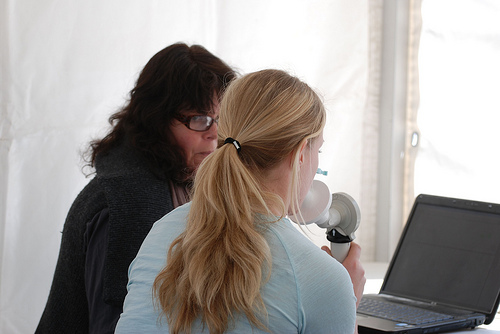
General information about asthma
Asthma is primarily a disease of the airways. There occurs chronic inflammation of the airways resulting in their narrowing. As a result, the patient experiences difficulty in breathing. The trachea-bronchial tree remain in a highly sensitive state and its constriction is often triggered by exposure to some allergens or irritants like tobacco smoke, pollens, exercise, etc. The walls of the airway become swollen and congested so that less air can reach the lungs. Moreover, this is often associated with the production of copious amounts of mucus. This mucus is sticky and may accumulate in the airway to form a plug. This further blocks the air entry to the lungs. The airway constriction is often reversed with the help of medicines. Apart from that, the patient may require medications to reduce the inflammation.

How many people are affected with asthma?
According to the latest statistics given out by the Center of Disease Control and Prevention, every one in 12 people in the U.S. suffer from asthma. That comes to around 25 million people suffering from asthma. This number has been showing an increasing trend over the years. The number of Americans diagnosed with asthma grew by 4.3 million from 2001 to 2009. Around 10% of all American children between the age of 1 and 12 suffer from asthma. It has been seen that asthma is more common in females. More women than men and more girls than boys suffer from this condition. Medical expenses in treating asthma are also huge. The number of school days and work days lost due to asthma and the money spent in treating asthma add up to a whopping $56 billion.

How does asthma affect breathing?
Asthma is a disease of the airways. It does not involve the alveolar sacs. In asthma, the airway or the trachea-bronchiolar tree gets narrowed down because of inflammation, bronchospasm and hyper-reactivity. All these three mechanisms make it difficult for the air to reach the air sacs. As a result, the patient complains of shortness of breath, coughing, tightness around chest and wheezing during an acute attack of asthma. As the breathing becomes labored, the nostrils flare and the muscles over the ribs get pulled inside in an effort to suck more air (intercostal retraction). In patients suffering from nocturnal asthma, the lung capacity is reduced by almost 15% during bedtime.
- Important notification about information and brand names used in this slideshow!
- Photo courtesy of meg by Flickr : www.flickr.com/photos/winemegup/2545890883/
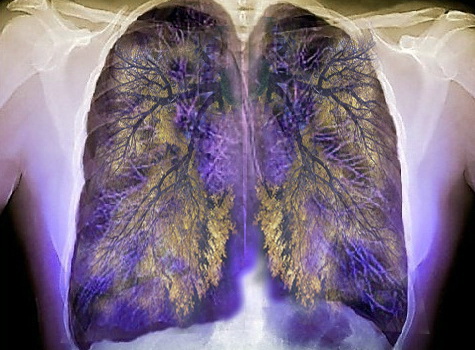
Narrowing of the airways in asthma
The narrowing of the airways is caused by three main factors. They are: • Inflammation: Inflammation of the airways occurs as the body’s response to some allergen or irritant. Due to action of the chemical mediators released by the body, the wall of the trachea-bronchial tree becomes red and swollen. Sticky mucus is also produced which tends to accumulate and clog the airways. • Bronchospasm: The muscles of the airways constrict during an asthma attack further narrowing down the airways. • Hypersensitivity: The airways of the person become hypersensitive to allergens and irritants as a result of chronic inflammation. This may lead to narrowing of the airways.

A typical asthma attack
A typical asthma attack is characterized by worsening of the symptoms of asthma. You can recognize whether a person is suffering from an acute asthma attack by looking at his breathing pattern. The patient’s breathing appears to be labored, so much so that he may even find it difficult to talk. There is a vigorous bout of coughing, in order to expel the mucus that is clogging the airways. The patient may complain of tightness around the chest. There may be an audible wheeze both while breathing in and breathing out. Wheeze is a harsh breathing sound produced by the movement of air through narrowed airways. The patient appears anxious and is sweating. Because of the impaired air entry, the patient may appear pale, and have blue finger nails and lips. An acute asthma attack can be life threatening and requires prompt medical attention.
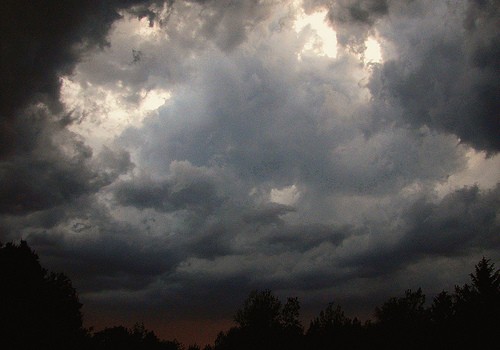
What are asthma triggers?
Asthma triggers are factors which can initiate or aggravate an asthma attack. The triggers vary from person to person. That means that what triggers an asthma attack in one patient may not necessarily initiate an asthma attack in another patient. Some of the common asthma triggers are: • Tobacco smoke: It is one of the most common asthma trigger. A person suffering from asthma should avoid smoking at all costs. Moreover, it is always better to avoid second hand smoke too. • Dust mites: Dust mites are present in almost every home. They may trigger an asthma attack in susceptible persons. So, clean mattresses and pillows in warm water regularly, use covers, and remove all stuffed toys as they are home to dust mites. • Environmental pollutants like smoke from factories, vehicles, etc. may trigger asthma attack. • Cockroaches, pets, and molds can act as triggers. In many patients, asthma attack is triggered by physical exercise, allergies, food additives, fragrances, and even gastro esophageal reflux disease.
- Important notification about information and brand names used in this slideshow!
- Photo courtesy of mdprovost ~ Prosper in 2011 by Flickr : www.flickr.com/photos/anderani/2558493963/
- www.cdc.gov/asthma/triggers.html

Classification of asthma
There are several ways of classifying asthma. One of these is on the basis of precipitating factor. According to this classification, asthma can be: • Allergic asthma: Due to allergy to pollens, smoke, mites, mold, etc. • Occupational asthma: due to exposure to certain allergens at work place. • Exercise induced asthma: Precipitated by exercise. • Asthma due to medicines: Medicines like aspirin and other NSAIDs can precipitate asthma in certain patients. • Nocturnal asthma: Precipitated during sleep. Asthma can be classified on the basis of the severity of symptoms. This classification is: • Intermittent • Mild persistent • Moderate persistent • Severe persistent Asthma can also be classified according to how well it has been controlled. This classification is as follows: • Well controlled • Not well controlled • Very poorly controlled
- Important notification about information and brand names used in this slideshow!
- Photo courtesy of Philip Chapman-Bell by Flickr : www.flickr.com/photos/oschene/1248879270/
- www.webmd.com/asthma/tc/classification-of-asthma-topic-overview
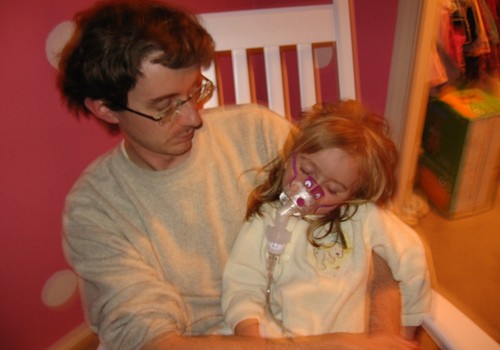
Allergic asthma
It is the most common form of asthma effecting around 50% of all asthma patients. It is usually precipitated by exposure to certain allergen. It is said that almost 2.5 million children under the age of 18 suffer from allergic asthma. The symptoms of allergic asthma are the same as any other form of asthma. But, this type of asthma generally responds well to medication. It can be triggered by a variety of allergens. Most common of these allergens are: • Tobacco smoke • Pollens • Dust mites • Pet dander • Mold • Cockroach feces Normally, when our body encounters an allergen, it produces IgE antibodies which trigger an allergic reaction. In case of allergic asthma, the trachea-bronchial tree remains hypersensitive to the allergens to which the body has been exposed once. A repeat encounter with these allergens makes the immune system over-react by constricting the muscles of the airways, producing inflammation and mucus production. This leads to an asthma attack.
- Important notification about information and brand names used in this slideshow!
- Photo courtesy of Karl Anderson by Flickr : www.flickr.com/photos/kardle/3113930000/
- www.webmd.com/asthma/guide/allergic-asthma

Non allergic or intrinsic asthma
Unlike allergic asthma, non-allergic or intrinsic asthma is not triggered by exposure to any allergen. It affects 10% of all asthma cases and is more common in women. It is usually seen after the age of 30 years and often follows a bout of respiratory tract infection. It is known to be precipitated by factors like exercise, sudden exposure to cold air, stress, anxiety, smoke and hyperventilation. The inflammatory process in the airways is similar to that seen in allergic asthma. But super-antigens are also believed to play an important role as the airway of these patients is often found to be colonized by Staphylococci and other microbes which can produce super-antigens. Apart from corticosteroids, antibiotics directed at these super-antigen producing microbes, improves the efficacy of the treatment.
- Important notification about information and brand names used in this slideshow!
- Photo courtesy of Jonathan Harford by Flickr : www.flickr.com/photos/jonathanharford/2305477385/
- www.ncbi.nlm.nih.gov/pubmed/19538350

Medications for asthma
The medicines for asthma can be classified according to the time taken to provide relief from the symptoms and the duration of action. They are: • Medicines for long term control • Medicines for quick relief Medicines for long term control of asthma are: • Corticosteroids which can be inhaled: They act by reducing the inflammatory changes in the airways. They reduce the sensitivity of the airways to asthma triggers. • Inhaled long acting beta2 agonists: They open up the airways and are used in tandem with inhaled corticosteroids. • Leukotriene modifiers: They bind with the smooth muscles lining the airways and prevent them from going into spasm. They thus, act against the spasm producing leukotriene and prevent the narrowing of the airways. • Theophylline: It acts by relaxing the smooth muscles of the airways. Medicines for quick relief from asthma symptoms include: • Inhaled short acting beta2 agonists: They provide immediate relief from the symptoms. But as they do not reduce the inflammation of the airways, they only provide temporary relief.










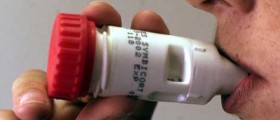


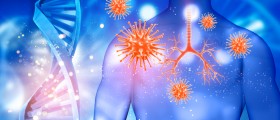






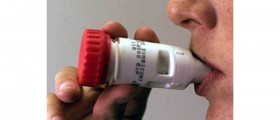

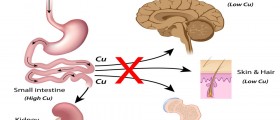
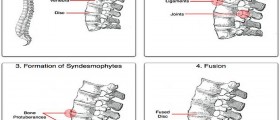



Your thoughts on this
Loading...